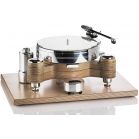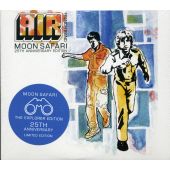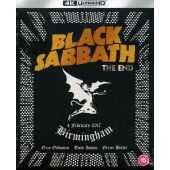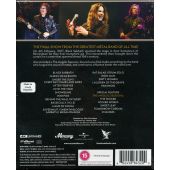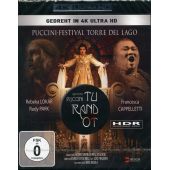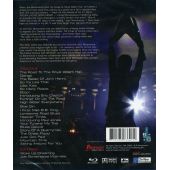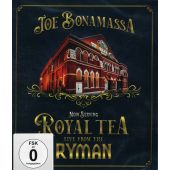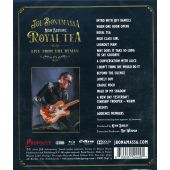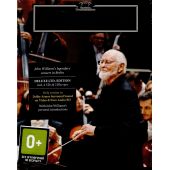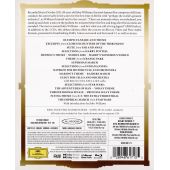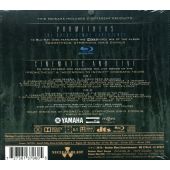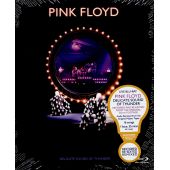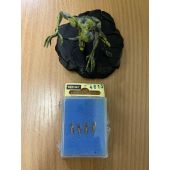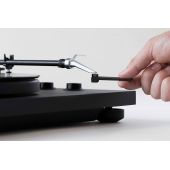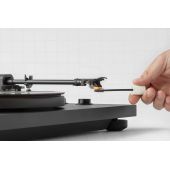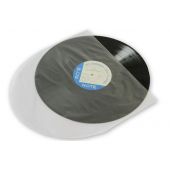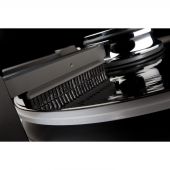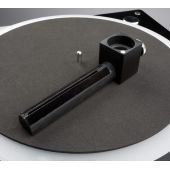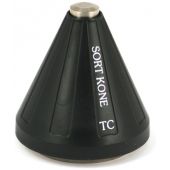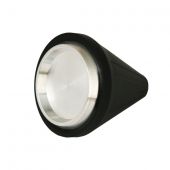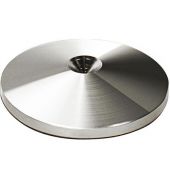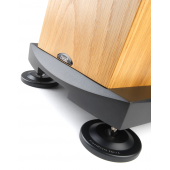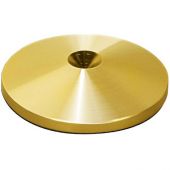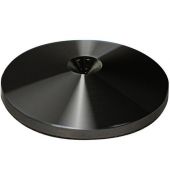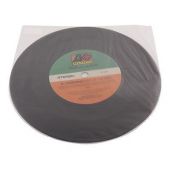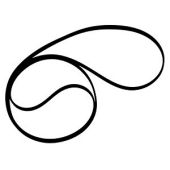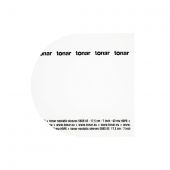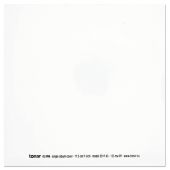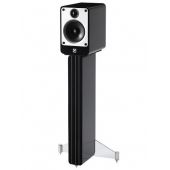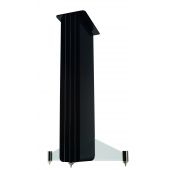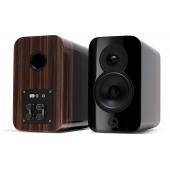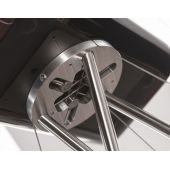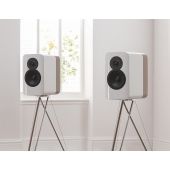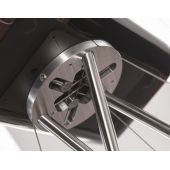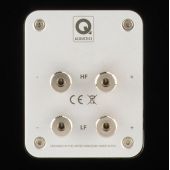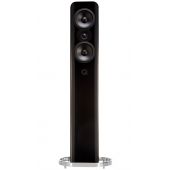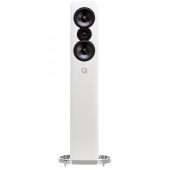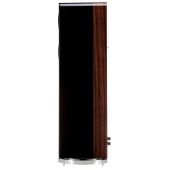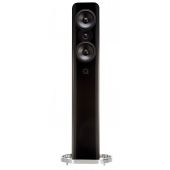
- Через платежную систему Uniteller прямо на сайте.
- Через любой банк обыкновенным банковским переводом от частного лица
- Наличными в кассе магазина.
- Любым удобным для Вас способом по согласованию с менеджером.

На весь товар предоставляется гарантия в соответствии с законами Российской федерации. Гарантия осуществляется либо в авторизованных сервисных центрах фирм-производителей товаров, при наличии таковых в месте расположения покупателя, либо в нашем сервисном центре по адресу г. Томск ул. Советская 84
1 J.S. Bach: Cello Suite No. 1 in G major, BWV 1007 – I. Prelude
Each of Bach’s six Suites for solo cello start with a Prelude, of which this example from the First Suite has become one of the most celebrated in the entire cello repertoire. Characteristic of these works is Bach’s use of the solo instrument to create counterpoint and polyphony, the arpeggiated or broken chords of this prelude creating a rich texture in which melody and harmony take an equal role.
2 Saint-Saëns: Le Carnaval des animaux – XIII. Le Cygne (‘The Swan’)
Le Carnaval des animaux (‘The Carnival of the Animals’) was originally written for private performance, but Le Cygne (‘The Swan’), which Saint-Saëns dedicated to his cellist friend Charles Lebouc, was the only piece from it that he allowed to be published in his lifetime. This beautiful tune therefore became primus inter pares in the humorous animal-themed suite, and is known today as one of the most popular cello encores.
3 Vivaldi: Concerto in G minor for Two Cellos, RV 531 – I. Allegro
Antonio Vivaldi, known as ‘The Red Priest’ for the distinctive colour of his hair, is supremely famous today as the composer of The Four Seasons. Despite being hugely prolific as a composer he wrote only one concerto for two cellos, employing these solo instruments in close imitation to one another, so that the listener can hear each musical statement shadowed or repeated between the cellos, as in a lively conversation.
4 Schubert: Arpeggione Sonata in A minor, D. 821 – II. Adagio (excerpt)
Originally written for a novelty instrument called the arpeggione, a form of bowed guitar, Schubert’s Sonata D. 821 is today almost always heard performed with cello or viola. Schubert was a composer of songs, and so it is hardly surprising that the gorgeous central Adagio takes the form of a fine singing melody for the cello.
5 Beethoven: Cello Sonata No. 3 in A major, Op. 69 – II. Scherzo: Allegro molto
Beethoven dedicated his Third Cello Sonata to his friend and patron Baron Ignaz von Gleichenstein, who was an amateur cellist. The two courted the sisters Anna and Therese Malfatti, the first of whom married Gleichenstein in 1811, bringing his close friendship with Beethoven to an end. On the autograph of the sonata Beethoven wrote the words Inter lacrymas et luctus (‘Amid tears and sorrows’), but there is little sign of such moods in this lively music.
6 Haydn: Cello Concerto No. 1 in C major, Hob.VIIb:1 – I. Moderato
Joseph Haydn has long held the well-earned status as a father-figure in the history of music. He spent much of his career in the service of the aristocratic Esterhazy family, but this resulted in a prolific output and meant he had brilliant musicians such as the cellist Joseph Franz Weigl at his disposal. It seems likely that this concerto had a special festive significance, Haydn paying tribute to his patron in this first movement by quoting a theme from a congratulatory cantata (Hob.XXIVa:2) he had previously written for the Prince’s name day.
7 Schumann: 5 Stücke im Volkston (‘5 Pieces in Folk Style’), Op. 102 (version for cello and piano) – No. 1. Mit Humor
Schumann loved the cello but, apart from his Cello Concerto, the Fünf Stücke im Volkston is his only surviving piece written specifically for this instrument. It would seem that the title Mit Humor carries a certain irony. Schumann subtitled this movement ‘vanitas vanitatum’: the comedy of mankind’s vanity placed against the transience of life.
8 Fauré: 3 Mélodies, Op. 7 – No. 1. Après un rêve (arr. P. Casals for cello and piano)
Gabriel Faure’s musical language is characterised by subtle changes of harmony and a gift for melody expressed in numerous songs. Après un rêve became one of his most popular pieces. Its text describes a lover’s dream of romantic flight away from the earth and ‘towards the light’, heard here in a transcription by Pablo Casals that keeps all of the original’s nostalgic charm.
9 Rachmaninov: Cello Sonata in G minor, Op. 19 – III. Andante
We can thank Rachmaninov’s meeting with the cellist Anatoli Brandukov for his few works with cello, of which this Sonata exemplifies the lyricism and deep expressiveness of his most fertile years as a composer. Full of yearning and nostalgia, this Andante stands out as one of the most romantic cello and piano duos ever written.
10 J.S. Bach: Cello Suite No. 3 in C major, BWV 1009 – V. Bourrée I and II
With the exception of the Preludes, each of Bach’s Suites for cello solo consist of a variety of dances. The Bourrée is a French duple-time dance in a moderate tempo in two sections, the first of which is repeated by way of a conclusion. The second Bourrée in the Third Suite is set in the tonic minor key, giving it an especially poignant feel.
11 Chopin: Cello Sonata in G minor, Op. 65 – II. Scherzo: Allegro con brio
Chopin was one of the greatest virtuoso pianists of his time and his compositions are almost exclusively for the piano. His friendship with the famous cellist Auguste Franchomme (1808–1884) brought about most of his chamber works for cello and piano. The Cello Sonata in G minor is a late work, the three-part Scherzo of its second movement having a central Trio section with sublime melodic delicacy.
12 Saint-Saëns: Allegro appassionato in B minor, Op. 43
Camille Saint-Saëns was one of Western music’s most extraordinary musical prodigies, and was a central part of the Parisian scene for many decades. Founded in 1861, Jules Pasdeloup’s ‘Concerts populaires’ offered music to audiences at popularly affordable prices. Saint-Saëns dedicated his Allegro appassionato to the principal cellist of this organisation, Jules Lasserre, delivering a restless scherzo that affords a brilliant display of technical dexterity from the soloist.
13 Glazunov: Two Pieces for cello and orchestra, Op. 20 – II. Sérénade espagnole: Allegretto
Alexander Glazunov was a significant and influential figure, successfully reconciling nationalism and cosmopolitanism in Russian music and acting as a figurehead in music education there in the first decades of the 20th century. His Sérénade espagnole uses a harp and plucked strings in its orchestration, evoking Spain in what might have been a recollection of Glazunov’s visit to that country in 1884.
14 Ravel: Pièce en forme de habanera (arr. P. Bazelaire)
Swiss by paternal ancestry and Basque through his mother, Maurice Ravel combined his two lineages in a synthesis that became quintessentially French. His Habanera, well known in a number of arrangements, was originally composed for piano in 1897. It makes use of a Cuban dance-form popularised by Sebastian Yradier, a composer to whom Georges Bizet was indebted in his Spanish-themed opera Carmen.
15 Stravinsky: Suite italienne – II. Serenata
The Russian composer Igor Stravinsky owed much of his early success to the impresario Sergey Diaghilev, who commissioned The Firebird for his Ballets russes, to be followed by Petrushka and, in 1913, the succès de scandale of The Rite of Spring. The Diaghilev-commissioned ballet Pulcinella, from which the Suite italienne is derived, was based on music attributed to Pergolesi. Immersion in this 18th-century style had a decisive influence on Stravinsky, starting a substantial neo-Classical period in his writing.
16 Goodall: And the Bridge is Love (excerpt)
‘And the Bridge is Love’ is a quotation from Thornton Wilder’s novel The Bridge of San Luis Rey which won the Pulitzer Prize in 1928. It tells the story of the collapse in 1714 of ‘the finest bridge in all Peru’, killing five people, and is a parable of the struggle to find meaning in chance and in inexplicable tragedy. This work for solo cello and strings is composed in loving memory of a teenage cellist, Hannah Ryan, the daughter of close friends to the composer, who died tragically in September 2007.
17 Elgar: Cello Concerto in E minor, Op. 85 – I. Adagio – Moderato
Edward Elgar’s iconic Cello Concerto was written at a time in which the end of World War I was casting its long shadow over Britain and the rest of Europe. Its intensely concentrated thematic material represents the economy of means Elgar had found in his later chamber works, the grandiose nature of the first movement’s opening theme soon contrasting with that utmost tenderness to be found at its heart.










